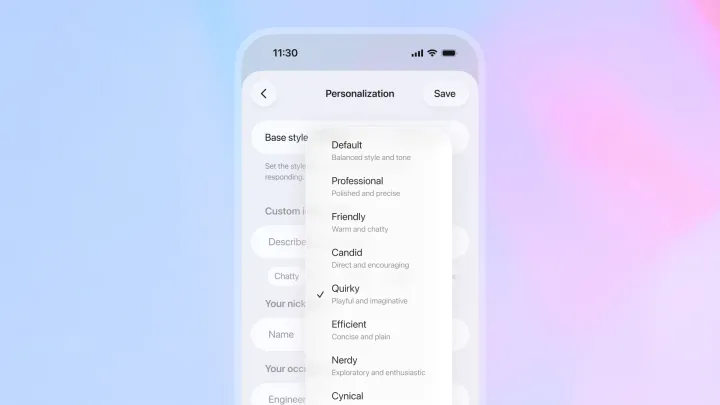AI innovation isn’t one-size-fits-all

Google rolled out its flagship healthcare AI, Med‑Gemini, with fanfare, until a board‑certified neurologist publicly called out a major screw-up: the AI “invented” a brain structure called the “basilar ganglia” (seemingly confusing the basal ganglia with the basilar artery).

Interestingly enough, this wasn’t caught by the team of 50 researchers involved or the reviewers of the AI‑medical papers. Google more or less stealthily corrected a blog post (not the actual paper) while blaming a typo.
Problem is, in healthcare, two missing letters can cause fatal outcomes...
Hear me out, I'm not against clinical pilots with AI tools; quite far from it! But medicine is a high‑stakes field where you can't move fast and break things. And while the U.S. at large is removing every possible regulation and necessary checks and balances on tech, it's more important than ever to properly compartmentalize what you're going to do with AI in your industry.
What can you do about it?
Quite simply, just ask yourself: "In which Zone am I experimenting with AI?"

The cheat sheet will immediately tell you what level of confidence is acceptable and what level of human supervision is still required. You can experiment full steam ahead if you're in a PLAY Zone part of your business, and as soon as you get to risk level 3 and deal with the ADVISORY Zone, and further on, precise scoping and safeguarding become top priority.
And you know what else? This will also allow you to communicate with your internal stakeholders (or investors if you're a startup) to manage their expectations about your AI project, the time required to fine-tune things, and if you expect to have a customer-facing solution within days, weeks, months, or... years.
Here's the full template:






